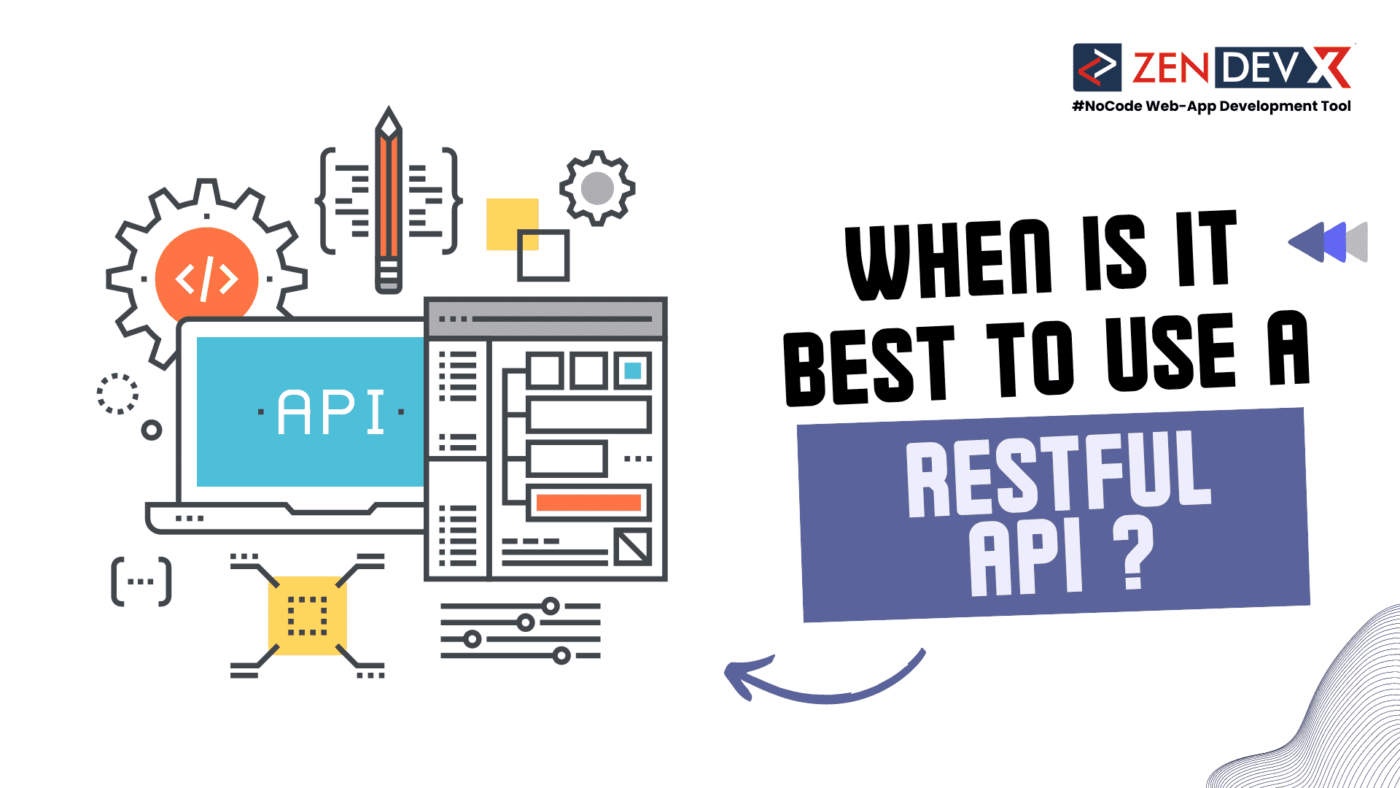The Rise of RESTful APIs: A Modern Essential for Developers
Currently among the most often used APIs worldwide, RESTful APIs are becoming more and more recommended as a design style for programmers. Nevertheless, depending on the requirements of your project, strength in numbers could not always be a positive thing. If you are new to using APIs, you most likely wonder if the buzz about REST is justified.
The popularity of REST APIs is, in fact, fairly earned. Among their several benefits is their rather simplicity for learning and application. Using REST APIs will satisfy your needs particularly for mobile apps and social networking sites specifically, especially considering the significant back-and-forth messaging between servers.
Rarely, nevertheless, REST APIs could not be able to meet your needs, particularly in cases involving microservices architecture. We will go over when and where using a RESTful API is most appropriate below.
Explain a RESTful API
Commonly referred to as RESTful API, REST API is a particular software architectural approach derived from Representational State Transfer. RESTful or REST API is any API that adheres to REST design ideas.
Simply said, a RESTful API lets programs and computers interact with one another over HTTP just like clients and servers do. One of the two most often used APIs is RESTful APIs; the other is SOAP APIs (which we will discuss somewhat more later).
When Ought I to Use a REST API?
The quick response is, whenever you’d want. Since REST APIs are becoming the preferred API in the tech industry, there are few scenarios in which a REST API wouldn’t be suitable to manage communication between computers and apps.
Having said that, in some cases RESTful APIs might be especially helpful in contrast to other choices.
Social Networks and Mobile Apps
Flexible and light are traits of RESTful APIs. They are thus rather frequently employed in mobile apps and social networking sites. RESTful APIs are already used extensively in many already-popular apps and websites, which makes linking your app or site to third-parties considerably easier.
Creating a Public API
Usually depending on resource-based operations (GET, PUT, POST, DELETE) from HTTP or sometimes called C.R.U.D (CREATE, READ, UPDATE, DELETE), REST is the go-to choice for public APIs. Simplicity helps web browsers and developers to interact with REST APIs, therefore increasing the possibility of your API being extensively used.
Rapid Developer Response
Talking about SOAP APIs lets us show here the advantages of REST. While REST APIs let requests operate entirely apart from one another, SOAP services keep open stateful interactions with complicated consumers. REST so enables much faster calls to a URL, producing faster responses in return.
Significant Back-and-Forth Messaging
Always use REST APIs when apps call for lots of back-and-forth messaging. Because the server does not save client context in-between requests, this reduces disturbance during user uploads where the connection is lost.
This greatly enhances user experience. For instance, rather than having to start from scratch, a user who loses their internet connection while trying to post a picture to Facebook can just hit a “try again” button once the connection is restored.
Should I Ever Shun RESTful APIs ?
RESTful APIs are, in fact, the ideal choice as, in most circumstances, they should be more than sufficient to meet your demands. But we have really addressed this subject a little earlier, discussing the variations between GraphQL and REST.
GraphQL is a superior option in rather uncommon situations. REST APIs usually satisfy the needs of a project and benefit most programmers as they are generally understood and familiar. In extremely rare circumstances, though, you could be better off adopting another query language more suited to manage more complicated inquiries.
Conclusion :
Most cases in the next several years will find REST APIs the preferred choice. Though in rare cases a RESTful API isn’t best-suited for a specific project, learning the fundamentals of other languages, like GraphQL, is always a great idea.


